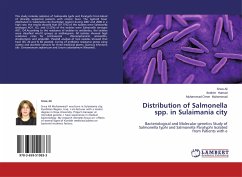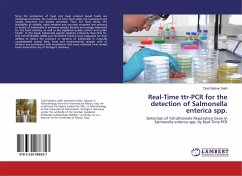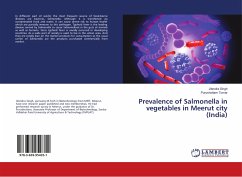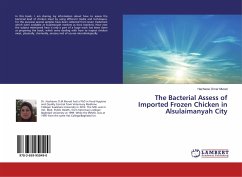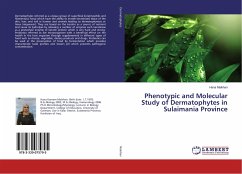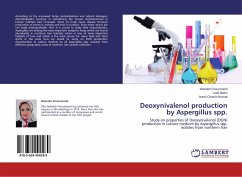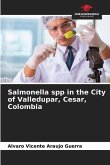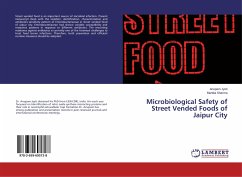This study includes isolation of Salmonella typhi and Paratyphi from blood of clinically suspected patients with enteric fever. The typhoid fever distributed in Sulaimania city (Kurdistan region) during 2007 and 2008 in a high rate, the results showed that (97.77%) of the isolates were Salmonella serotypes AO1, O2, and (2.22%) of the isolates were Salmonella serotype AO1, O4.According to the resistance of isolates to antibiotics, the isolates were classified into10 groups as antibiogram. All isolates showed high resistance rates for cotrimaxazol , chloramphenicol, amoxicillin, streptomycin and ampicillin. Plasmid analysis of two isolates showed that have (55, 20 and 5) Kb plasmid. Curing of antibiotic resistance genes using watery and alcoholic extracts for three medicinal plants: Quercus infectoria oliv. Cinnamomum zeylanicum and Linum usitatissimum (Flaxseed).

